“Classics in Flourishing Ages — A Special Exhibition of ‘Great Chinese Painting Series’ in the Pre-Qin, Han, Tang, Song, and Yuan Dynasties” Is Opened Ceremoniously at ZJAM
pubdate: 2022/3/11 author: zjam source: zjam click:
In the afternoon of March 10, “Classics in Flourishing Ages — A Special Exhibition of ‘Great Chinese Painting Series’ in the Pre-Qin, Han, Tang, Song, and Yuan Dynasties” was opened ceremoniously at ZJAM.
In March 2022, “Classics in Flourishing Ages — A Special Exhibition of ‘Great Chinese Painting Series’ in the Pre-Qin, Han, Tang, Song, and Yuan Dynasties” was unveiled at ZJAM. This exhibition was co-sponsored by the Zhejiang Provincial Department of Propaganda, Zhejiang University, and China Academy of Art.
“Great Chinese Painting Series” (“GCPS”) is a project compiled and published by Zhejiang University and Zhejiang Provincial Bureau of Cultural Relics. In 2005, it was approved by Comrade Xi Jinping, who has attached great importance and paid continuous attention to this national major cultural project that spans a large scale, passes through history, and crosses home and abroad by giving many important instructions over the 17 years. So far, the GCPS project has collected a total of 12,479 pieces (sets) of Chinese paintings from more than 260 cultural institutions and museums at home and abroad, including most of the hereditary “national treasures”. It is a group of Chinese paintings and relevant literature that has the most abundant collections, the most authentic image records, the best printing quality, and the largest publication scale among publications of the same kind.
The exhibition consists of four sections: “Classics in Flourishing Ages”, “Perseverance”, “Treasures of a Great Nation”, and “Transformation and Development”. The GCPS project is displayed through image, text, and new media technology to present the substantial achievements of ancient Chinese painting. The exhibition showcases more than 1,500 high-quality published proofs of Chinese paintings dating back to the pre-Qin, Han, Tang, Song, and Yuan Dynasties. It is an important reunion of the “national treasures” taken back from all over the world and also a vivid manifestation of the extensive and profound Chinese art history.
With the strong support of Dunhuang Academy and other units, the team of Zhejiang University applied the leading 3D grotto restoration technology in the world to replicate and gather the four major grottoes in China — Dunhuang, Yungang, Longmen, and Dazu, as well as several typical caves in Anyue Grotto, Sichuan, and Hangzhou West Lake Grotto, Zhejiang, in Hangzhou, a city known as “Southeastern Country of Buddhist”, so as to facilitate further understanding of the far-reaching influence of Chinese grotto art on paintings in the past dynasties.
At the same time, based on the guideline of “art + technology”, this exhibition features nearly 10 sets of specially selected outstanding digital art works from Zhejiang University, the National Academy of Chinese Theatre Arts, Shanghai University, Tongji University, Xiamen University of Technology, Guangdong University of Technology, Huazhong University of Science and Technology, and Kunming University of Science and Technology. For the purpose of “enabling sharing through digital technology”, virtual reality (VR), augmented reality (AR), motion capture, and eye tracker are used to inject new artistic life to the hereditary ancient paintings and show the new artistic attempts of contemporary college students under the guidance of high-tech development.
Zhejiang is a province famous for fine arts creations. One of the typical cultural construction endeavors strongly promoted by Comrade Xi Jinping while he was working in Zhejiang was ZJAM, a museum that he paid due attention to and gave direct instructions for. As an important cultural project in Zhejiang Province to welcome the victory of the 20th National Congress of the Communist Party of China, this exhibition is held at ZJAM for important reasons and on an unprecedented scale. The exhibits are distributed in Halls 1, 4, 5, 6, 7, 8, 9, 10, 11, and 12, as well as Skylight Long Corridor, and Display Hall, with a total exhibition area of nearly 10,000 square meters. It has been the largest theme exhibition displayed in most exhibition halls at ZJAM among exhibitions held during the same period in recent years. It was officially opened on March 10 and will end on April 20.
It is learned that in order to welcome the 20th National Congress of the CPC and implement the national cultural development strategy, a series of exhibition activities will be carried out under the GCPS project. In addition to this exhibition held at ZJAM, the GCPS project will visit Jiaxing City, Zhejiang Province, “the starting point of the Red Boat”, where the exhibition will be integrated with the local characteristics of Jiaxing and will help create and promote a “Jiaxing Model” for creative transformation and innovation-driven development of Chinese excellent traditional cultures. During the 20th National Congress of the CPC in the second half of the year, the theme exhibition of “Great Chinese Painting Series” will be held at the National Museum of China to fully demonstrate the vast and profound spirit of Chinese cultures under historic context and with aesthetics as the medium.
The fortune of culture is associated with the fortune of the nation, and the life of culture is connected with the life of the nation. Having survived the “11th to 14th Five-Year Plans”, the GCPS project fully reflects the strong will and determination of the Party and the country to vigorously promote the Chinese excellent traditional cultures. Through global cooperation and digitized image gathering, it reproduces the development process of ancient Chinese painting in all respects, provides a vivid arts education classroom for the public to understand Chinese history and cultures, creates a solid framework for reviewing the history of Chinese image civilization, offers a new path for exploring, deeply understanding, protecting, studying and displaying Chinese art and excellent cultures, and makes a successful attempt to build consensus through cultural exchange and to promote the construction of a “community with a shared future for mankind” in the new era.
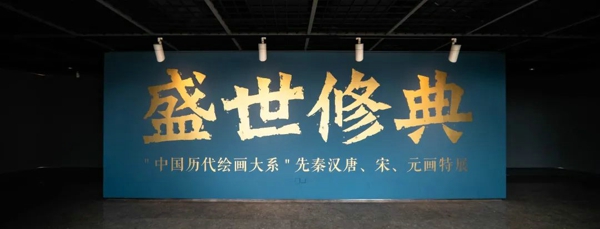
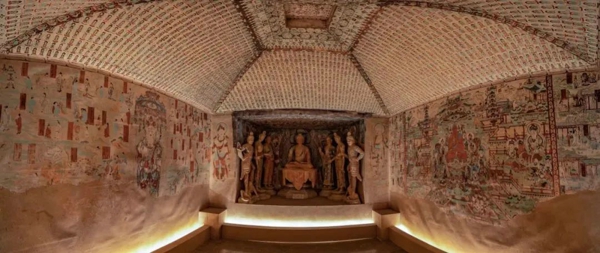

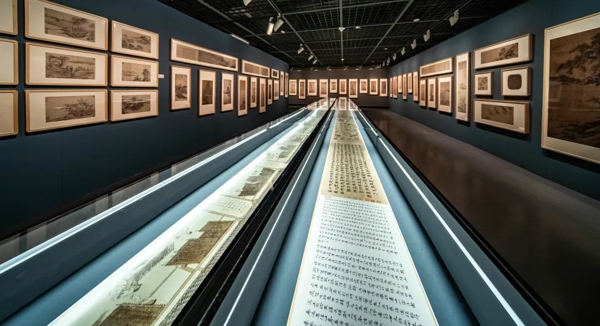
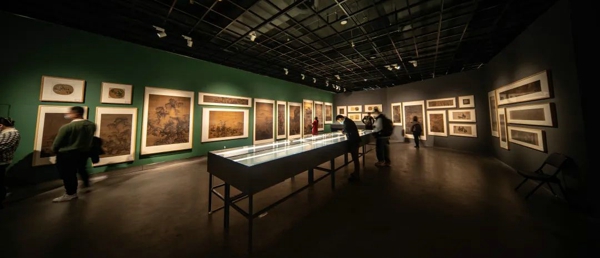
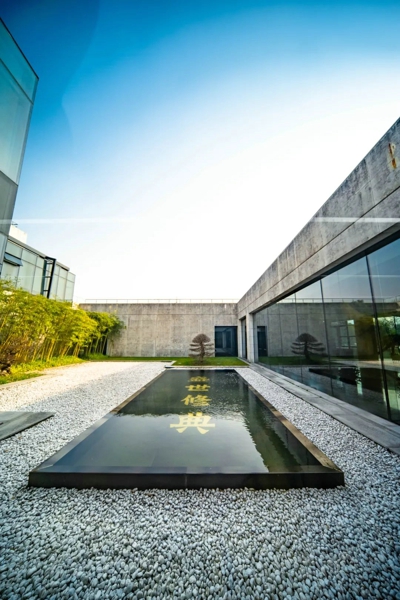
 Tel: 0571-87078700 | Site Service:0571-87078700
Tel: 0571-87078700 | Site Service:0571-87078700 Address: NO.138 Nanshan Road Hangzhou Zhejiang
Address: NO.138 Nanshan Road Hangzhou Zhejiang Opening: Tuesday to Sunday 9:00am-5:00pm, Closed Mondays
Opening: Tuesday to Sunday 9:00am-5:00pm, Closed Mondays











